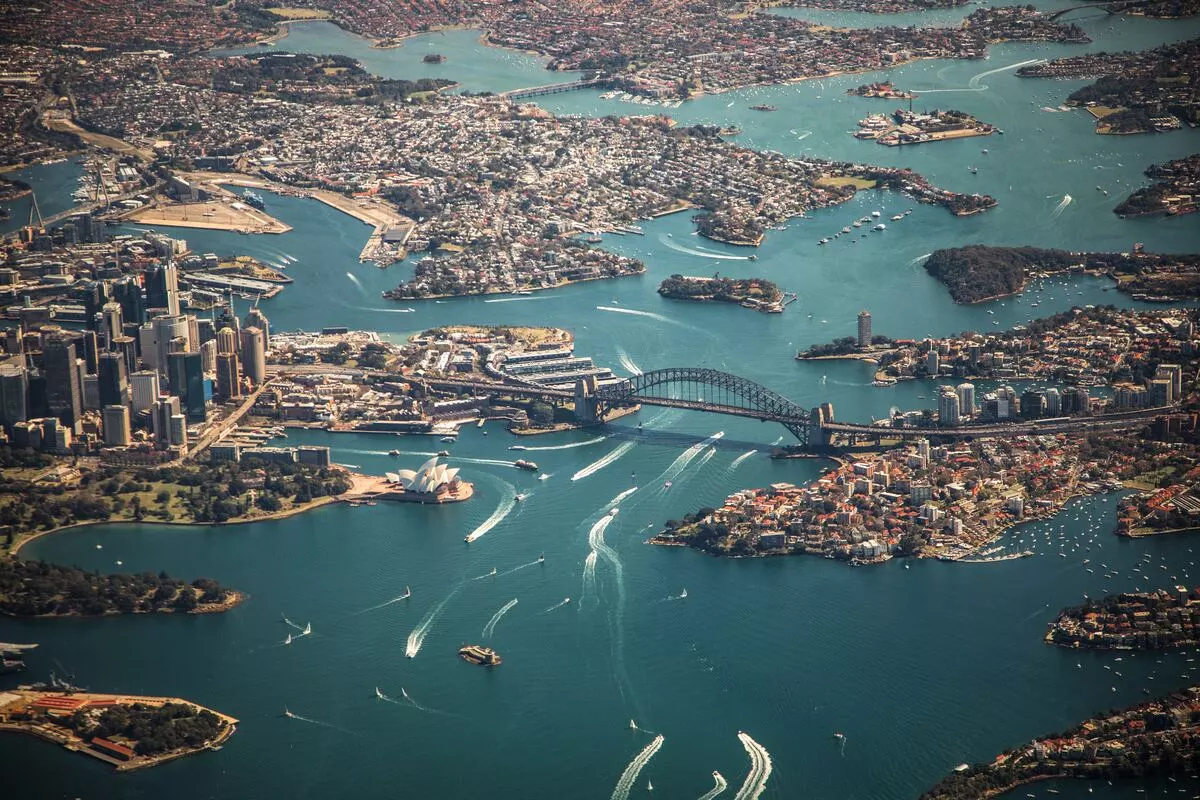SYDNEY — The Australian Bureau of Statistics predicts that 🇦🇺 Australia’s population will reach 30 million in the end of current decade and 42 million people by 2066.
The Buro showed three population growth scenarios for the continent: rapid, moderate and slow growth models according to the different variables including migration, fertility rates, life expectancy.
The moderate growth model says that Australia’s population will have 30 million people in 7 years, 35 million by 2043 and Australia will become a home for circa 40 million by 2059. Australia will reach 42 millions milestone by 2066. But at the same time the rapid model predicts even 8 million more by 2066.
The significant urbanisation is also expected in Australia. The quantity of people in each state’s capitals is gonna be growing much faster than the state’s total population. The Buro predicts that Brisbane will have nearly 3 million citizens in 5 years. It’s more than 1/2 of the total population of Queensland, Australia’s most decentralised part. New South Wales will grow a little slower than other parts of continent.
Victoria’s population growth will be the fastest. According to a moderate growth model this state will grow almost two times by 2066. Additionally we have to say that all scenario models predict that Melbourne significantly overtakes Sydney as Australia’s largest city. Thus Melbourne will have more than 12 million citizens by 2066.
Migration, Fertility Rates, Life Expectancy
The Bureau predicts a life expectancy of 83 years and 86 years for men and women accordingly. A 1,8 children per woman is expected and a net outward migration of 225 000 people per year.
As a reminder, there’s about 25 million on the continent. Since October 2004, the population has grown by nearly 5 million. It means that the state may reach 30 million somewhere at 2029-33.
Australia’s median age is also changing and could reach 40 years old by 2066. Plus, Australians over 65 years old will probably increase two times.
It is noted that country really relies on immigration. This is the factor that can really support the country’s economy. At the same time, if immigration will slow down, especially because of the politics decisions, this will affect both the economy and demographic forecasts.
On the other hand, the increase of Australians affects the convenience of life, the Australians themselves do not really want a large influx of immigrants, since traffic jams have already increased on the roads, urban transport is overcrowded, there are no places for children in schools and kindergartens. All these factors indicate that the number of problems associated with demographics in Australia are accumulating and the authorities will certainly need to somehow solve these problems.





